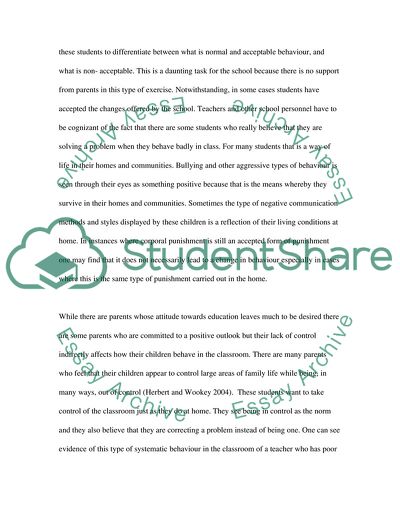Cite this document
(Managing Learning and Teaching in the Classroom Case Study, n.d.)
Managing Learning and Teaching in the Classroom Case Study. https://studentshare.org/education/1719372-managing-learning-and-teaching-in-the-classroom
Managing Learning and Teaching in the Classroom Case Study. https://studentshare.org/education/1719372-managing-learning-and-teaching-in-the-classroom
(Managing Learning and Teaching in the Classroom Case Study)
Managing Learning and Teaching in the Classroom Case Study. https://studentshare.org/education/1719372-managing-learning-and-teaching-in-the-classroom.
Managing Learning and Teaching in the Classroom Case Study. https://studentshare.org/education/1719372-managing-learning-and-teaching-in-the-classroom.
“Managing Learning and Teaching in the Classroom Case Study”. https://studentshare.org/education/1719372-managing-learning-and-teaching-in-the-classroom.


